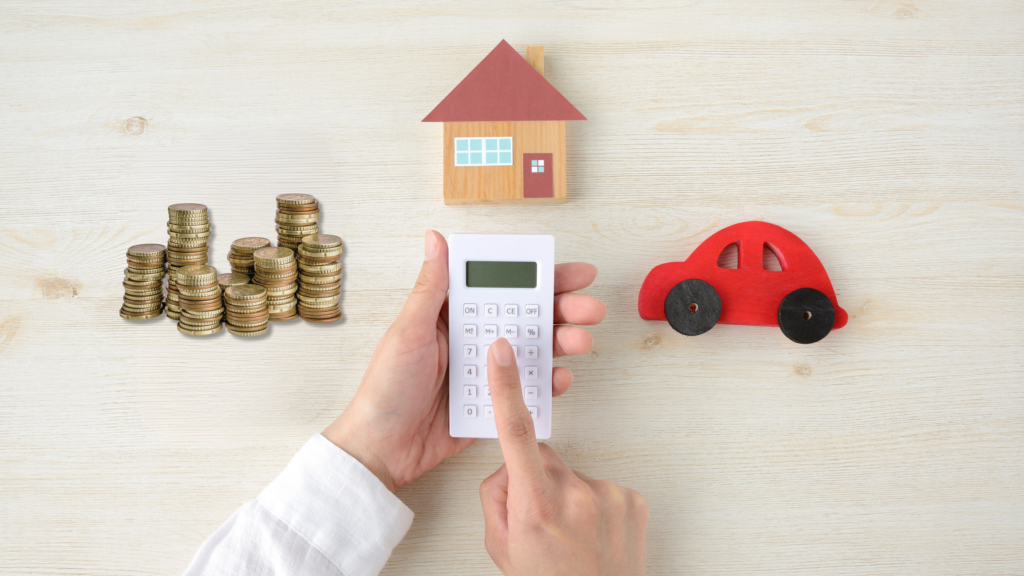This year has been a relentless battle against the rising cost of living. From soaring consumer prices to the sudden jolts of higher mortgage repayments and rent hikes, the struggle is real. And let’s not forget the 20% spike in our gas and electricity bills last year, followed by another almost 30% surge this year. That’s an extra $1300 over two years slapped onto your average home’s utility bills!
So how do we weather this financial storm? Discover 7 savvy tips to combat your fuel, gas, water and electricity bills, saving you hundreds or even thousands.

How to Save on Fuel
1. Find the cheapest fuel
Before you fuel up, always check a fuel comparison website. In NSW, Fuel Check can show you the cheapest fuel closest to you or in a selected suburb.
2. Lock in the lowest fuel price
See cheap fuel at a local petrol station, but not ready to fuel up? Lock in the price now with the 7-Eleven App and fuel up at that price later. Simply download the 7-Eleven app, and it will search prices at 7-Eleven service stations near you and allow you to lock in the lowest price for 7 days.
You can then use this locked in fuel price at ANY 7-Eleven station. So if you’re driving to a friend’s house and see fuel is cheaper there, lock it in! And you can redeem it back home within 7 days. I’ve saved hundreds of dollars doing this!

How to save on Utility Bills (Gas, Water and Electricity)
3. Shop your provider around
4. Check your usage (for hidden leaks)
If your energy or water usage suddenly jumps, there’s a good chance you have a leak somewhere. This happened to us with our water bill where it tripled in one month, because it turns out we had a hidden leak! An easy way to check for hidden water leaks is when no one is using water, check your water meter to see if it’s moving.
Most electricity and gas bills also give you a comparison figure to help you compare your usage with others of a similar household size. If you’re blowing out your usage, check for leaks in aircons, dishwashers, fridges, taps and toilets. This can be done by yourself or get a professional. If there are no leaks, consider switching to more energy saving appliances from the most competitively priced retailer we found, Appliances Online. (BONUS – Click here for an extra $30 OFF.)
5. Save power, save money
Here are some simple tips to reduce your energy and water usage, and therefore your bills!
-
Switch off appliances at the wall to save up to 7% or $170 off your electricity bill.
-
If you use an air conditioner, each degree warmer on the thermostat can save you 10%.
-
Change your lights to energy saving light bulbs.
-
Clean fridge door seals and replace if worn.
-
Take shorter showers. Every minute under a shower with a standard shower head uses around 9 litres of water. That’s one full bucket.
-
Install a WELS 4-star rated showerhead to save on water and energy costs. Older shower heads use 15–25 litres per minute, but an efficient showerhead uses just 6–7 litres per minute (more than half).
-
Use the half flush (3 litres of water) in your toilet, instead of the full flush (4.5 litres of water).
-
Washing clothes in cold water can save around $120 per year.
-
Swapping your dryer for a clothesline just one extra time a week could save you around $70 per year.
-
When you replace your washing machine, opt for a front loader. Top loaders use about 100 litres a load, but front loaders use about 60 litres – almost half.
6. Check for rebates
In Australia, there is over $1.4 billion in assistance from state and territory governments up for grabs to ease the burden of energy bills on households.
If you’re holding a concession card, living on a lower income, or aiming to boost your home’s energy efficiency, certain states are offering hundreds of dollars in support.
To get your hands on these rebates, in NSW, head over to the Service NSW website. Alternatively, check out the federal government’s energy hub at Energy.gov.au, where you can easily search for rebates specific to your state.
7. Go solar
You could save up to $4,000 a year by going solar. If you can’t afford a solar installation, there’s now a range of ways to go solar with $0 paid upfront.
In VIC and NSW there are state government schemes for low income homes. There are also low-rate green loans offered by CBA and Brighte.
For renters you can opt for portable solar panels, or keep an eye out for opportunities to join the new project called Haystacks Solar Garden, which allows people to buy plots of solar panels and get an annual rebate off their bill.
Conclusion
There you have it, 7 practical ways to help you save on your fuel, energy and water bills. Have a tip we haven’t shared? Leave us a comment below!



